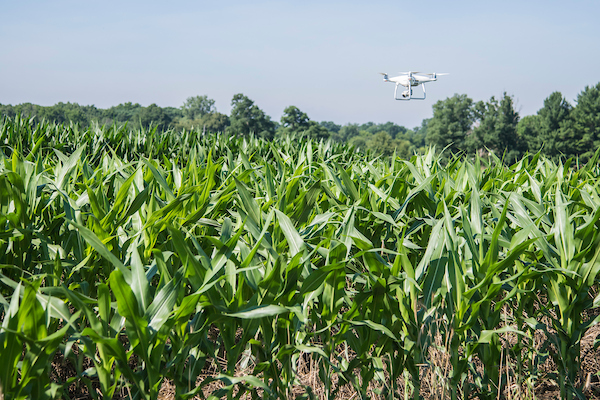Reviewer
Luciano Thomé e Castro, International Affiliated Professor and Founding Partner at Markestrat Group
Article
Managing digitalized touchpoints in B2B customer journeys by Lisa Lundin and Daniel Kindström (Linköping University)
Source
Lundin, L., Kindström, D. (2024). Managing digitalized touchpoints in B2B customer journeys. Industrial Marketing Management Journal, 121, 88-99. https://doi.org/10.1016/j.indmarman.2024.07.004
Summary
In business, digital technologies, advanced data-processing resources, and countless digital customer interfaces are pushing companies to rethink creatively customer journeys and strategically incorporate digital touchpoints to improve the customer experience. Consider some familiar examples: an app customers can go to have product questions answered, after-sales services through a webpage chatbot, online order tracking, and other digital tools that simplify interactions and provide value.
Specifically, in the B2B area, where professional relationships and value creation hinge on strong customer-supplier connections, the possibilities are as exciting and promising as they are potentially cumbersome. At the end of the day, chances are, a supplier might unintentionally frustrate customers by assuming they are motivated and capable of using these new technologies to their full potential. The reality is that digital engagement often depends on the customer’s own journey and level of digital readiness. Misalignments in understanding, clarity, or simplicity can lead to frustration on both sides if customers feel overwhelmed or unprepared to engage with the technology.
With that in mind, Lundin and Kindström (2024), in their recent paper in the Industrial Marketing Management Journal, propose a guide or checklist for companies to best manage digital touchpoints when thinking of inserting those into the traditional customer journeys they have offered.
What does this mean for food and agricultural business?
As agribusinesses try to offer digital technologies to farmers and farmers, in turn, strive to be more efficient and data-driven in an ever-risky market, these recommendations from Lundin and Kindström are very timely.
Both sides want and need to take advantage of data-powered digital resources. However, farmers often feel overwhelmed with the amount of digital solutions available and have had a hard time perceiving and capturing their full value.
From input and machinery manufacturers to their dealers and distributors, there is a vast array of potential digital touchpoints. Crop management insights, fleet management tools, and seed selection platforms, among others, are examples of digital touchpoints presented to farmers to help them make more informed decisions and enhance their experience with a particular brand. Yet, these resources are frequently underutilized and have not yet proven themselves profitable.
To help suppliers align digital touchpoints with customer readiness, the authors segmented a touchpoint by customer’s resources, actions, and online environments. These are the topics suppliers must consider when assessing if customers will be positioned to take advantage of the digital touchpoint being offered to them. The table below summarizes the capabilities.
Preparing customers by equipping them with the necessary resources to absorb the value offered with digital touchpoints, enabling collective actions so every stakeholder within the organization has access to shared information, and supporting customer actions with expertise and empowering customers to take control over digital features are essential steps. Finally, building an omnichannel or hybrid environment, as well as merging different ones to make customers’ lives easier, are key for ensuring that digital interactions are accessible and valuable.
The framework offered by Lundin and Kindström highlights the importance of aligning digital touchpoints with customers’ needs and capabilities. For agribusinesses looking to serve farmers better through digital innovation, this approach is essential for enhancing adoption and maximizing the value digital tools can bring to their operations.






